Security News
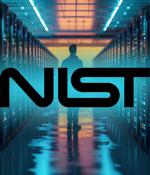
The program comes shortly after several recent announcements by NIST around the 180-day mark of the Executive Order on trustworthy AI and the U.S. AI Safety Institute's unveiling of its strategic vision and international safety network. "With the ARIA program, and other efforts to support Commerce's responsibilities under President Biden's Executive Order on AI, NIST and the U.S. AI Safety Institute are pulling every lever when it comes to mitigating the risks and maximizing the benefits of AI," Raimondo continued.
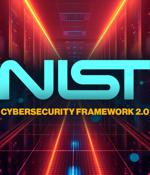
The NIST Cybersecurity Framework 2.0 underscored that metrics like these alone are insufficient and probably even improper when used as proxies for security outcomes. Combining effective use of metrics plus a deeper understanding of how security processes play out is the best way to build more security agility and enable teams to react more quickly and effectively.

Popular enterprise services provider Zoom has announced the rollout of post-quantum end-to-end encryption (E2EE) for Zoom Meetings, with support for Zoom Phone and Zoom Rooms coming in the future....

The tech world has a problem: Security fragmentation. There's no standard set of rules or even language for mitigating cyber risk used to address the growing threats of hackers, ransomware and stolen data, and the threat to data only continues to grow.
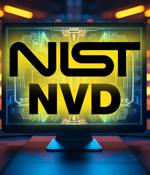
"Currently, we are prioritizing analysis of the most significant vulnerabilities. In addition, we are working with our agency partners to bring on more support for analyzing vulnerabilities and have reassigned additional NIST staff to this task as well." What is NIST NVD and why it's critical for cybersecurity?

Vulnerability management solutions rely on NVD. In the meantime, enterprise defenders have effectively lost a critical resource, since many vulnerability scanners and other vulnerability managament tools rely on the CPE entires set by the NVD to pinpoint and address security vulnerabilities affecting an ogranization's systems. NVD is not the only vulnerability database out there.
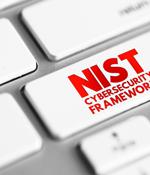
Throughout CSF 2.0, NIST recommendations dovetail with SaaS security needs. Read about how to apply the NIST 2.0 guidelines to your SaaS stack.

TechRepublic's cheat sheet about the NIST CSF is an overview of this new government recommended best practice, and it includes steps on implementing the security framework. Is the NIST cybersecurity framework just for government use?
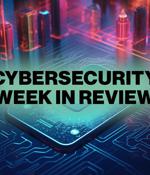
Overcoming the pressures of cybersecurity startup leadershipIn this Help Net Security interview, Kunal Agarwal, CEO at Dope Security, offers a look into the CEO's leadership philosophy, the process of building a high-caliber team, and the unique challenges of navigating a startup in the tech industry. How organizations can navigate identity security risks in 2024In this Help Net Security interview, Deepak Taneja, CEO of Zilla Security, discusses identity security risks and threats.

The CSF 2.0, which supports implementation of the National Cybersecurity Strategy, has an expanded scope that goes beyond protecting critical infrastructure, such as hospitals and power plants, to all organizations in any sector. The CSF's governance component emphasizes that cybersecurity is a major source of enterprise risk that senior leaders should consider alongside others such as finance and reputation.